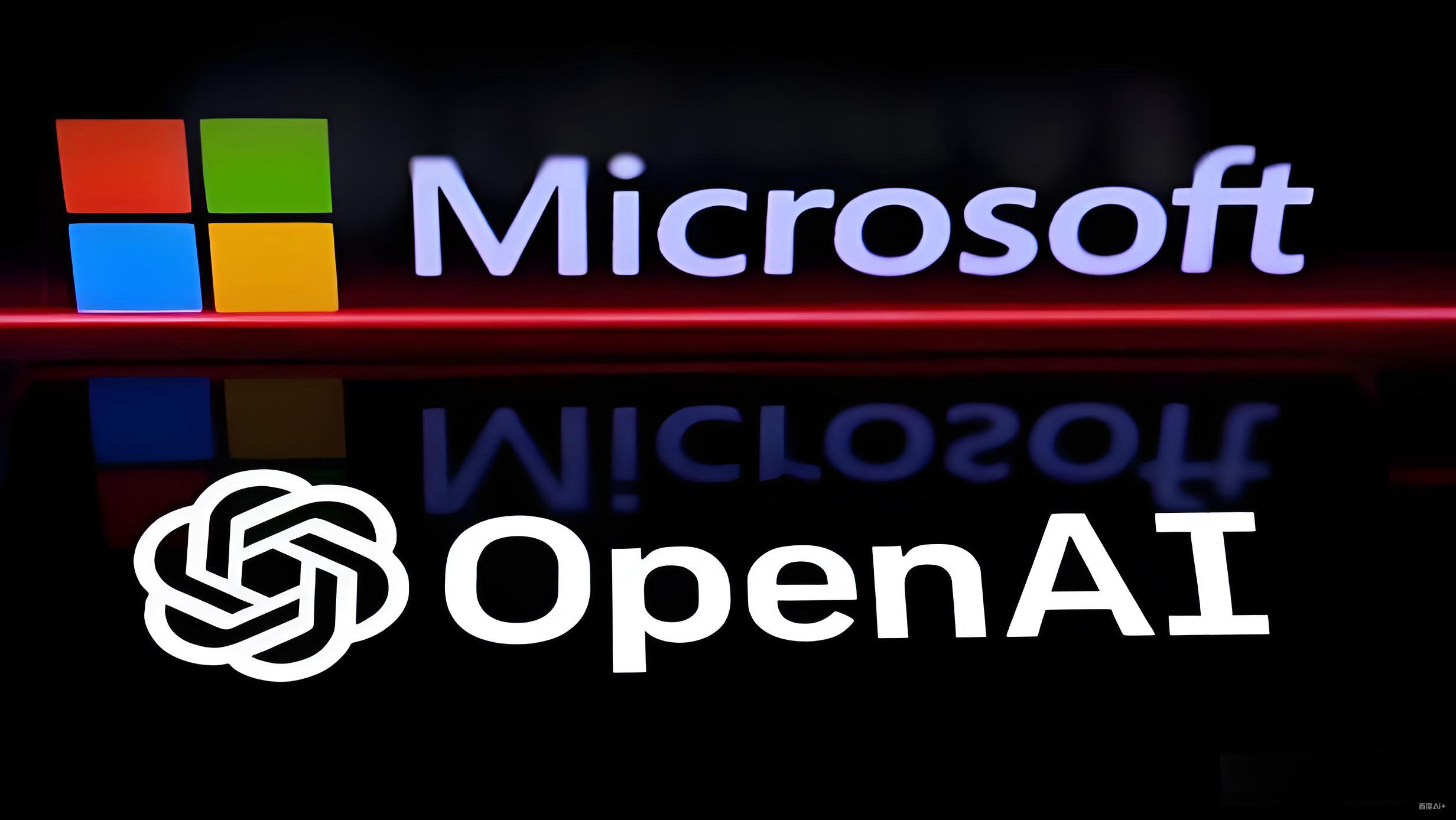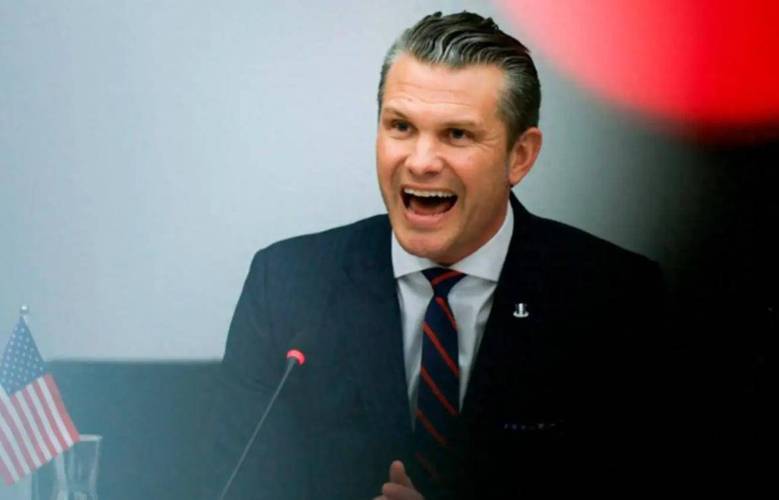
On October 28 local time, OpenAI's announcement of its organizational restructuring shook the global technology industry: the non-profit entity was renamed the OpenAI Foundation, holding a $130 billion stake in the for-profit sector (accounting for 26% of the total shares). The original profit-making department was transformed into the public welfare company OpenAI Group PBC, forming a unique governance structure of "public welfare at the helm and business driven". This transformation, which has been brewing for nearly a year, can be traced back to the controversy last year when Ultraman was temporarily expelled from the company. At that time, the two sides had profound differences over the constraints of computing power supply and the freedom of financing. Ultimately, the transformation was settled with Microsoft holding a 27% stake (valued at 135 billion US dollars), writing a new footnote to the seven-year cooperation between the two sides. Even NVIDIA CEO Jensen Huang exclaimed, "The most successful IPO in history may be on the way."
Even more disruptive is the $250 billion cloud computing agreement signed by both sides. According to the terms, OpenAI was to purchase Microsoft Azure services for a long time, but unexpectedly gained computing power autonomy - Microsoft gave up its priority supply rights for computing services and allowed it to purchase computing power for non-API products from third parties such as Google and Oracle. This "core binding + edge opening" model is a delicate balance: API products are still exclusively operated by Azure, maintaining the basic cooperative base. Non-api products have been fully liberalized to meet OpenAI's diverse needs. For OpenAI, this has resolved the previous bottleneck of relying on a single supplier, enabling it to advance the $300 billion order with Oracle and the chip cooperation with AMD. Microsoft, in exchange for a predictable revenue stream, retained the right to use AGI technology until 2032, and only gave up the rights to consumer-grade hardware.
From an economic perspective, this transaction has restructured the logic of "capitalization of computing power". OpenAI's disclosed $1.4 trillion infrastructure investment (corresponding to 30 gigawatts of data center capacity) is not empty talk. Behind its goal of adding 1 gigawatt of capacity per week lies a cost control plan to reduce the construction cost per gigawatt from $50 billion to $20 billion. These investments are no longer merely operational expenses but have become strategic assets that lock in the pace of research and development. Microsoft, on the other hand, converts short-term costs into long-term depreciable assets through customized infrastructure investment, enabling both parties to share risks across different periods. More importantly, this arrangement has opened up an IPO channel for OpenAI. Previously, Ultraman had admitted that with huge R&D investment, going public is the most likely financing path.
After the architecture and capital were in place, OpenAI promptly released a technology roadmap that shocked the industry. CEO Sam Altman candidly stated in a live stream that AGI is not a "divine oracle from heaven", but a tool to empower humanity. He also announced a clear timetable: an intern level AI research assistant will be launched in September 2026, and fully automatic AI researchers will be realized in March 2028. The core support of this path is the "chain of thought fidelity" technology - abandoning the supervision of the model's reasoning process and instead cultivating its ability to align intrinsic values. Chief scientist Jakub Pachocki explained that when AI deals with complex problems that humans cannot understand, this "faithful thinking" ability will become the bottom line of safety. Currently, this technology has been used to detect potential deceptive behaviors of models and has been incorporated into the top-level design of the five-layer AI security architecture. It is worth noting that Ultraman also rarely reflected on "We messed up about GPT-4o", suggesting that the technical route will focus more on safety and reliability.
This collaboration is reshaping the global AI ecosystem. For the cloud market, Azure has consolidated its oligopolistic position with 250 billion orders, pushing Microsoft's market value back to 4 trillion US dollars. However, the liberalization of computing power has also created opportunities for Google and Oracle, forming a pattern of "core monopoly + peripheral competition". At the industrial chain level, the demand for 30 gigawatts of computing power will drive a sharp increase in orders for NVIDIA Gpus and TSMC's foundry services, while also pushing up the electricity and land costs in areas with dense data centers, forcing an upgrade in the energy structure. Regulatory challenges also arise: the structure of non-profit foundations holding profit-making entities needs to take into account the laws of both California and Delaware. The unclear definition of AGI may lead to future disputes, and the "innovation gap" caused by the concentration of computing power is even more alarming - small laboratories may be marginalized due to resource scarcity, and the industry thus calls for the establishment of a "public computing exchange".
Financial risks should not be ignored either. OpenAI's current annual revenue is only 13 billion US dollars, but it is under pressure to have server rental fees exceed 100 billion US dollars by 2030. Its cumulative losses may reach 44 billion US dollars, and it can only rely on API subscriptions and cooperation with enterprises to recover. However, Microsoft has achieved a nearly tenfold return on its investment. Its 27% stake not only retains control but also avoids the risk of excessive association.
Since its first investment in 2019 to the current deep integration, the relationship between Microsoft and OpenAI has long transcended commercial cooperation. This trillion-yuan computing power gamble is not only a bet on the future of AGI, but also an exploration of the ethical boundaries of technology. When AI researchers in 2028 start to independently tackle key problems, today's organizational restructuring and capital layout will eventually be regarded as a crucial turning point in the progress of AI civilization.

U.S. Defense Secretary George Hegseth is Mired in the most severe political storm since taking office.
U.S. Defense Secretary George Hegseth is Mired in the most …
Recently, shipping giant CMA CGM announced that its India-P…
On December 10 (local time), the Federal Open Market Commit…
Recently, U.S. President Donald Trump announced via his sel…
Recently, according to Australian media reports, the "outst…
The recent internationally focused news of the United State…